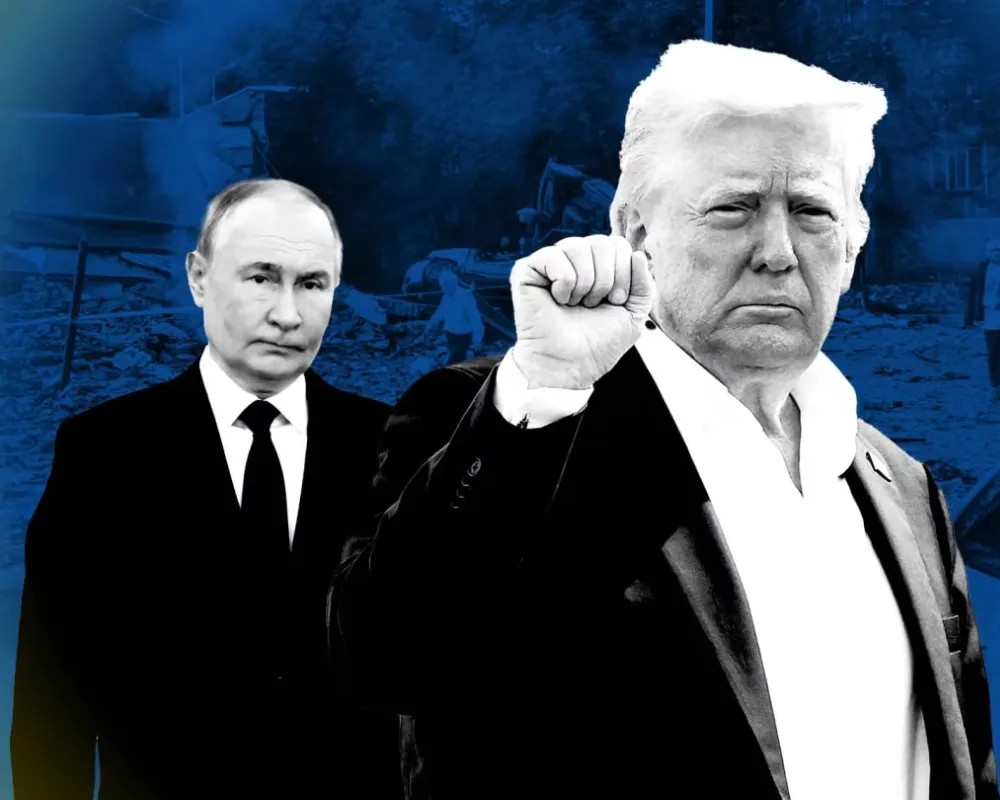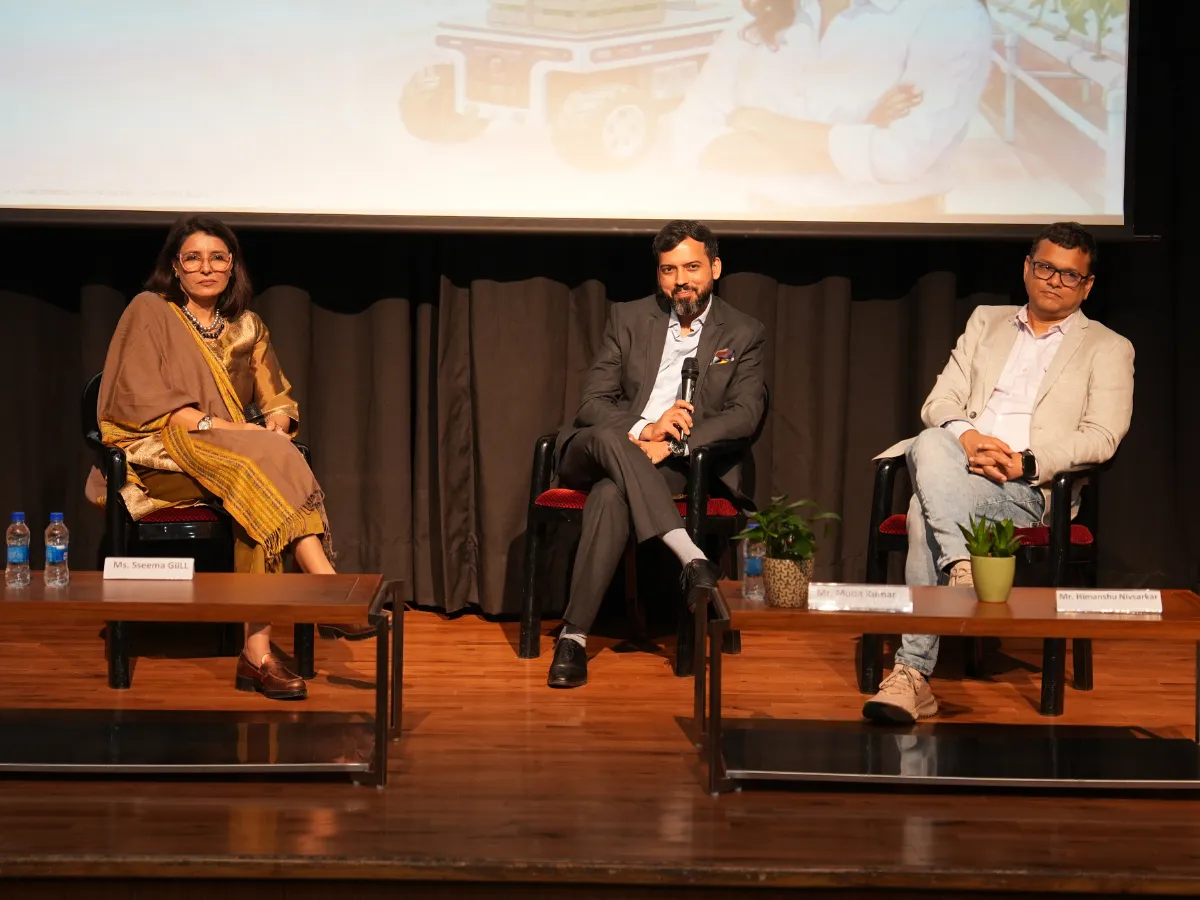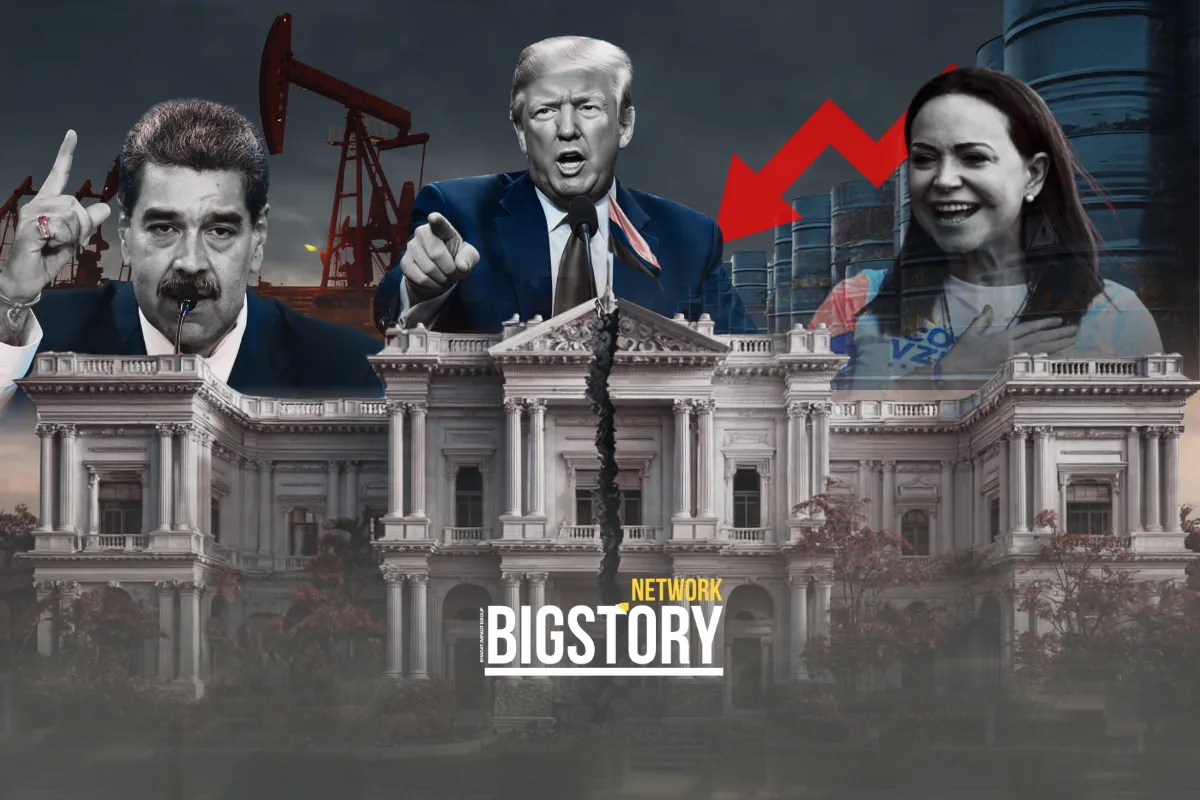US President Donald Trump has issued a 50-day ultimatum to Russia: end the Ukraine war or face "very severe" 100% tariffs, including secondary sanctions on trade partners.
 Sseema Giill
Sseema Giill

In a significant escalation of pressure on Moscow, US President Donald Trump has issued a stark ultimatum to Russia: end the war in Ukraine within 50 days or face "very severe" tariffs, including 100% duties and sweeping secondary sanctions on countries that continue to trade with Russia. The announcement was made during an Oval Office meeting with NATO Secretary General Mark Rutte at the White House on Monday, July 14, 2025.
President Trump's warning marks a distinct shift in his administration's approach to the over three-year-long conflict. While he had initially expressed a desire for rapprochement with Russian President Vladimir Putin and had even shown frustration with Ukrainian President Volodymyr Zelenskyy, the relentless Russian offensives, particularly against civilian areas, appear to have worn down his patience.
"We're going to be doing very severe tariffs if we don't have a deal in 50 days," President Trump stated. He elaborated that these would include 100% tariffs on Russian goods. More significantly, he specified the implementation of "secondary tariffs," which would target nations continuing to buy Russian exports, such as oil and gas. This move is designed to economically isolate Moscow and cripple its ability to fund the ongoing war.
"I use trade for a lot of things," Trump remarked during the press conference, adding, "But it's great for settling wars." The threat of secondary sanctions, if fully implemented, would represent a major departure from previous Western policy, which largely avoided such measures to prevent a broader disruption to global trade and energy markets. Countries like China, India, and Turkey, which have continued to be major buyers of Russian oil and gas, would face significant economic pressure from these potential tariffs.
US Senators Lindsey Graham (R-SC) and Richard Blumenthal (D-CT), who have been pushing bipartisan legislation for stricter secondary sanctions on Russia, swiftly praised Trump's announcement. They viewed it as a "breakthrough step" and a "real executive hammer" to drive Putin to the negotiating table.
The tariff threat comes amidst a broader re-evaluation of US policy towards the conflict. Trump confirmed that the United States would be supplying Ukraine with more advanced weaponry, including Patriot air defense missile systems. He stated that NATO allies would bear the cost of these American-made weapons, with initial deliveries expected "within days" from European stockpiles, to be backfilled by US supplies. This marks a reversal from earlier decisions by the Trump administration to pause some weapons shipments to Kyiv.
President Trump expressed his frustration with Putin, noting that despite pleasant phone calls, "then the missiles go off at night." He indicated that Putin had repeatedly "fooled" past US presidents and had backed out of previous peace deals. Ukrainian President Volodymyr Zelenskyy, who met with Trump's special envoy Keith Kellogg in Kyiv on Monday, thanked the US for its "willingness to support Ukraine" with military aid.
While Western allies generally welcomed the hardening stance against Russia and the commitment to new military aid for Ukraine, some, like EU foreign policy chief Kaja Kallas, expressed concern that a 50-day deadline might be too long given the ongoing civilian casualties.
Interestingly, the initial market reaction in Russia was not as negative as some predicted. The Russian Ruble reportedly reversed some losses against the dollar, and the Moscow Exchange (MOEX) saw a rise, possibly due to the 50-day grace period providing time for Moscow to consider counter-proposals or prepare for the potential economic impact.
President Trump's ultimatum is a high-stakes gamble to force a resolution to the Ukraine war through economic leverage.
The next 50 days will be crucial in determining whether this new economic offensive can compel Russia towards a peace deal or if it will simply escalate the ongoing global economic and geopolitical tensions.






Sign up for the Daily newsletter to get your biggest stories, handpicked for you each day.
 Trending Now! in last 24hrs
Trending Now! in last 24hrs